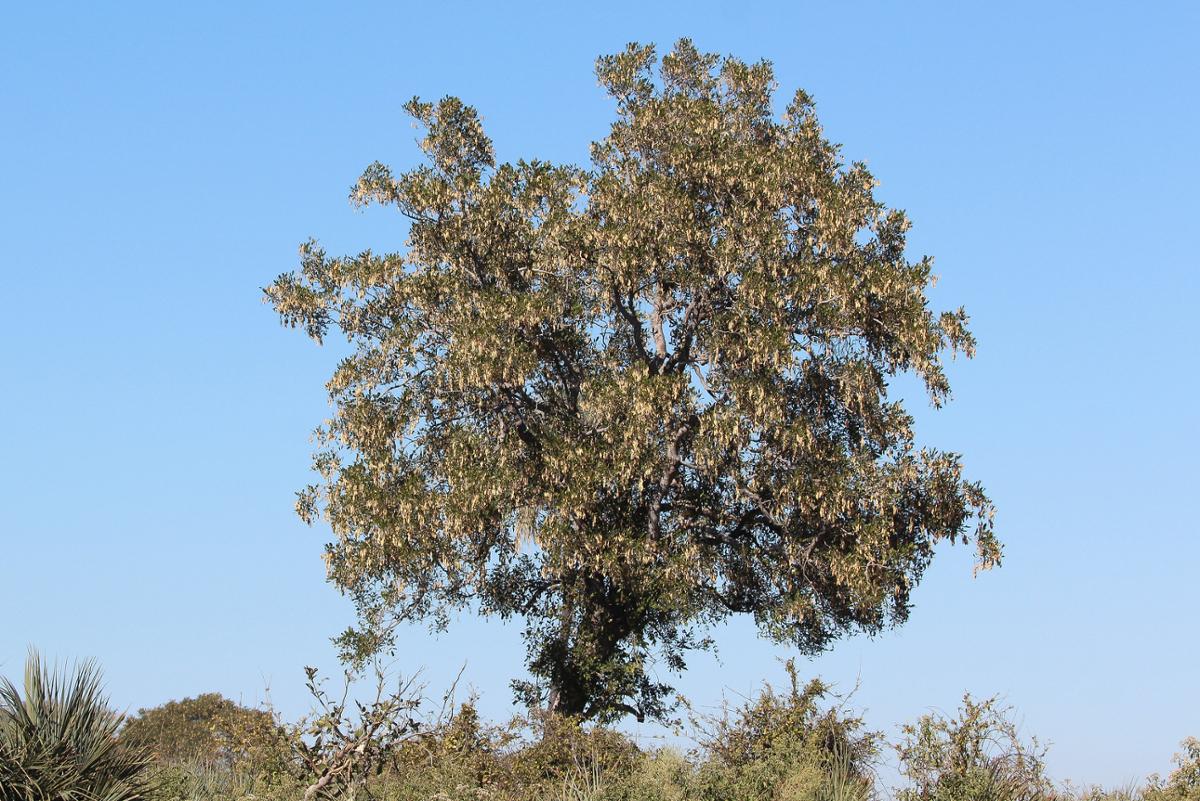In central-east Africa, there lives a small, slow-growing, scruffy tree that residents call mpingo, from the Swahili for “the ebony tree.” Mpingo is true to its namesake, with wood that ranges from reddish to pure black. Mpingo wood gains remarkable stability from the layer of sapwood that divides its bark from its inner hardwood. Its hardiness has been a factor in both the tree’s success and its endangerment.
For the last hundred years or so mpingo wood has been the primary material used to make clarinets, and other small woodwind instruments in many commercial markets. But mpingo trees take 75 to 100 years to reach harvestable size, and rates of harvest have far outstripped the tree’s slow growth.
One 2009 study found that poor conservation had left these grassland trees with low germination rates that result in decreased biodiversity. The trees need gene diversity to keep their populations productive.
It’s important to point out that this blackwood variety of African rosewood came to popularity after the Central American ebony Cocuswood was depleted in the early 1900s: it had been the staple for woodwind instrument manufacturing up to that point.
But in Tanzania, where mpingo is the national tree, conservation helps to keep it from being threatened. One effort called Clarinets for Conservation uses music education to inform young Tanzanians about the importance of their national tree, and how to get involved in protecting natural resources. Also, farmers plant mpingo in lowlands, where the tree can easily withstand grassfires that other plants often cannot. Their efforts help the tree of music to continue to thrive.










